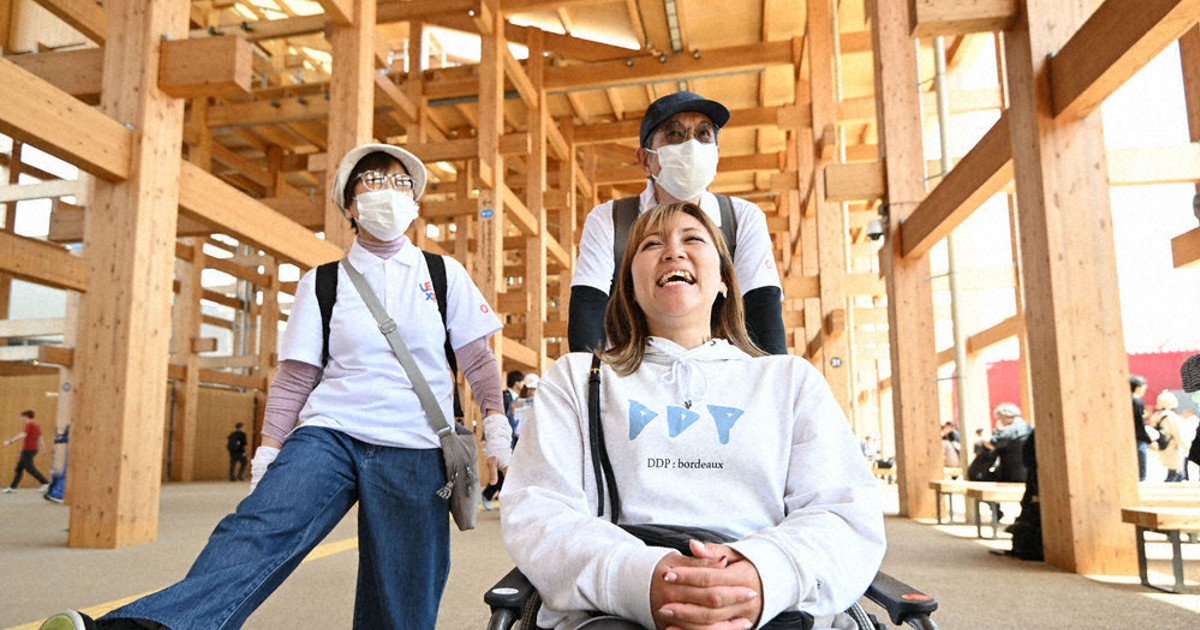EXPO Accessibility: Welcoming Wheelchair Participants
Making EXPOs Inclusive and Accessible for Wheelchair Users
EXPOs, with their vast spaces, diverse exhibits, and bustling crowds, can present unique challenges for wheelchair users. However, a growing emphasis on accessibility ensures that these events are becoming increasingly welcoming and inclusive. This article explores the crucial aspects of EXPO accessibility, focusing on the needs and experiences of wheelchair participants. We'll delve into best practices, technological advancements, and the overall movement towards a more equitable event experience for everyone.
Navigating the EXPO Floor: Key Accessibility Features
For wheelchair users, smooth navigation is paramount. This requires careful planning and implementation of several key features:
-
Wide, Ramps, and Gradient Considerations: Steep ramps pose a significant challenge. EXPO organizers must ensure ramps adhere to ADA (Americans with Disabilities Act) guidelines or equivalent international standards, with gentle gradients for safe and comfortable ascent and descent. Sufficiently wide pathways are crucial to avoid congestion and allow for easy maneuvering.
-
Accessible Restrooms: Clearly marked and conveniently located, accessible restrooms are essential. These should meet all ADA requirements, including grab bars, sufficient space for wheelchair transfers, and automatic doors.
-
Signage and Wayfinding: Large, clear, and easily readable signage is crucial. Digital directories with accessible features (screen readers compatible) can significantly aid navigation. Tactile paving can guide wheelchair users to key locations.
-
Lift Access & Elevators: Multi-story EXPOs need reliable and readily available elevators for wheelchair users to access all levels. Regular maintenance and clear signage are critical for efficient usage.
-
Service Animal Provisions: Designated areas for service animal relief and water stations are vital to ensuring a comfortable experience for both handlers and animals.
Technology Enhancing Accessibility at EXPOs
Technology plays a crucial role in enhancing accessibility:
-
Accessible Apps: Many EXPOs now offer dedicated mobile apps with features like interactive maps, accessible schedules, and real-time information about accessible routes and amenities.
-
Augmented Reality (AR) Navigation: AR can overlay accessible routes and information directly onto a user's view through their smartphone, providing real-time guidance.
-
Assistive Listening Devices: For those with hearing impairments, assistive listening devices are crucial for enjoying presentations and events.
Beyond Physical Accessibility: Inclusivity and Consideration
Beyond physical infrastructure, creating a truly accessible EXPO involves broader considerations:
-
Accessible Information: All information, including brochures, websites, and announcements, should be available in accessible formats like large print, Braille, or audio.
-
Staff Training: Staff should receive training on interacting with wheelchair users and providing appropriate assistance, avoiding patronizing language and actions.
-
Feedback Mechanisms: Providing clear channels for feedback allows organizers to continually improve accessibility and address any shortcomings.
The Future of Accessible EXPOs: A More Inclusive Vision
The push for greater accessibility is ongoing. Future EXPOs will likely incorporate even more advanced technologies and design principles to cater to the needs of wheelchair users and other attendees with disabilities. This includes:
- Smart wheelchairs with integrated navigation systems: Offering more personalized and efficient navigation.
- Real-time accessibility updates through apps: Providing information on any unexpected accessibility challenges.
- Increased focus on sensory considerations: Addressing the needs of attendees with other disabilities like autism or sensory sensitivities.
Conclusion:
Creating accessible EXPOs is not just a matter of compliance but a commitment to inclusivity. By investing in accessible infrastructure, technology, and staff training, EXPO organizers can ensure that all participants, regardless of their mobility, can fully engage and enjoy the event. Let's work together to build a more welcoming and equitable experience for everyone.
